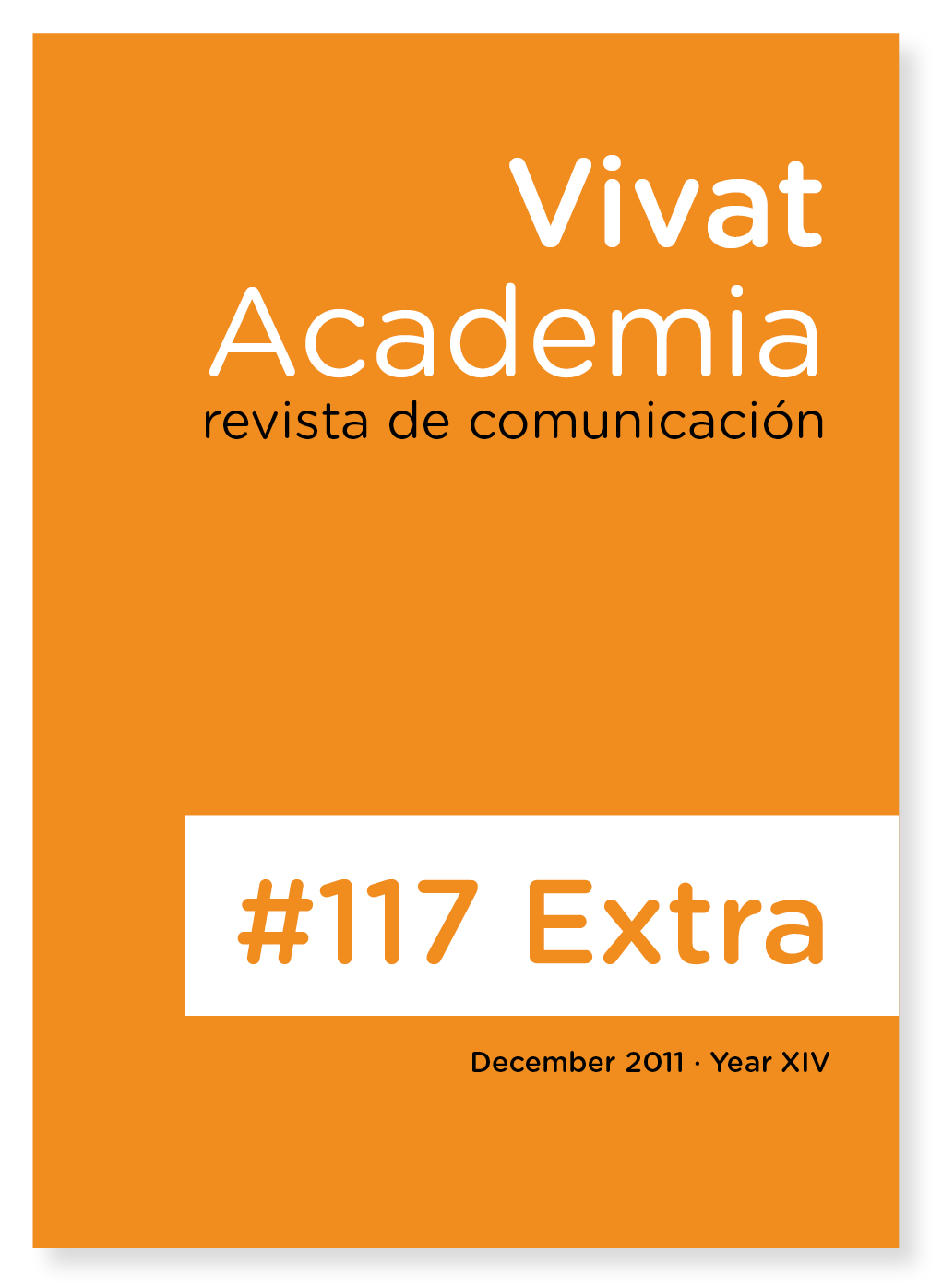The wandering children of iranian cinema from myth to history
Main Article Content
Abstract
In cinema, this myth appears at a critical moment of Iranians contact with the modernity, and becomes the protagonist in a number of Iranian movies in a certain social-historical context. The educational space, moving this character forward, builds a perfect microcosmic relationship with social reality and sometimes turns the text into an allegorical image of a society which is changing value system, and thus in a deep identity crisis.
Downloads
Article Details
References
Lizadeh, G. (1992). Aks va ayeneh. En Gukasian, Z. Maymue-ye magalat dar moarrefi va nagd-e asar-e Bahram Beizai (pp.129-194). Teherán: Agah.
Amuzegar, Y. & Tafazzali, A. (1993). Ostureh-ye zendegi-ye Zartosht. Teherán: Avishan y Cheshmeh.
Azin, Y. (1990). Dar hayat-e poshti ham jabari nist. Ettelaat-e haftegi, (2479), 36.
Bahar, M. (1996). Payuheshi dar asatir-e Irán. Teherán: Agah.
Bahar, M. (1998). Az ostureh ta tarij. Teherán: Cheshmeh.
Bahrami, A. (1998). Nemuneha-i az tasvir-e kudak dar adabiat-e Iran. En Pezeshk, M. H.: Tammoli dar honar va sinema-ye kudak va noyavan (pp. 11-33). Teherán: Farabi.
Beizai, B. (1992). Entrevista recogida por Gukasian, Z.: Goftogu ba Bahram
Elena, A. (2002). Abbas Kiarostami. Madrid: Cátedra.
Ferdowsi, A. & Davis, D. (2004). The Shahnameh: The Persian Book of Kings. Mage Books. Waldorf MD.
Ferdowsi, A. & Hamidian, S. (2009) Shahnameh. Teherán: Gatreh.
Leví Strauss, C. (1978). Myth and Meaning. Londrés-Nueva York: Routledge.
Tahami Neyad, M. (1992). Ragbar va notfe-haye namadin-e agahi. En Gukasian, Z.: Maymue-ye magalat dar moarrefi va nagd-e asar-e Bahram Beizai (pp. 236-244). Teherán: Agah.
Talebi Neyad, A. (1995). Janeh-i be vosat-e yahan. En Zaven Gukasian: Filmha-ye bargozide-ye sinema-ye Irán dar dahe-ye (pp.67-84). Teherán: Agah.





